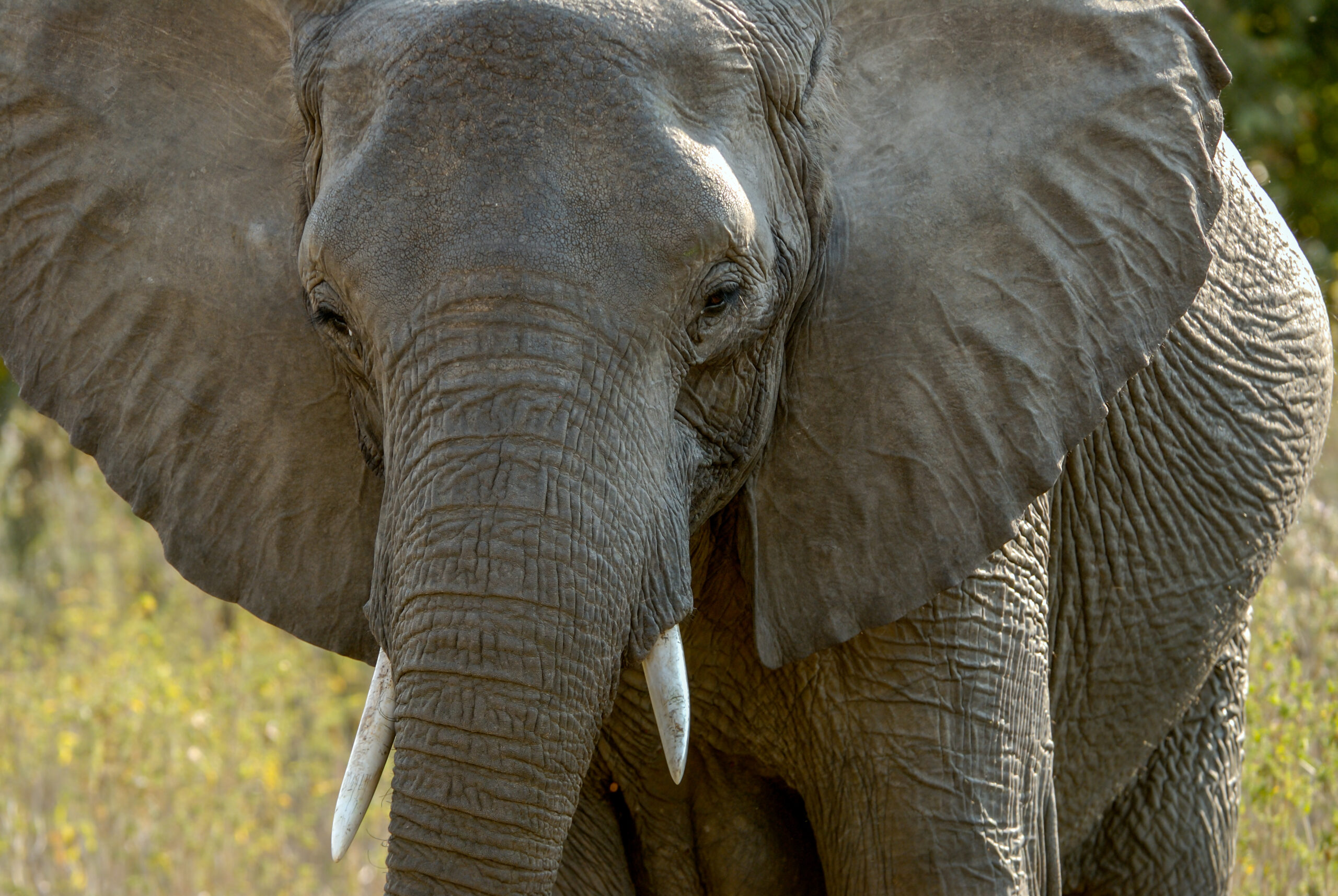Introduction to Mexico’s Cultural Landscape
Mexico, a country rich in history and culture, offers a vibrant tapestry of traditions, languages, and art forms that are as diverse as its landscapes. From the bustling streets of Mexico City to the ancient ruins of the Mayan civilization, Mexico presents a unique blend of the past and present. This cultural amalgamation is not only a testament to its historical roots but also a reflection of the modern influences that continue to shape its identity. The importance of understanding Mexico’s cultural landscape lies in appreciating the depth of its traditions and the innovations that propel it forward.
The Culinary Delights of Mexico
Mexican cuisine is renowned worldwide for its bold flavors and diverse ingredients. The culinary scene in Mexico is a reflection of its rich history, with influences from indigenous cultures and Spanish colonization. Staples such as corn, beans, and chili peppers form the backbone of many traditional dishes, while regional specialties showcase the country’s culinary diversity. For instance, the Yucatán Peninsula is known for its use of citrus and achiote, while Oaxaca is famous for its moles and mezcal. The global popularity of Mexican food is evident in the ubiquitous presence of tacos, enchiladas, and guacamole in international cuisine.
Mexico’s Natural Wonders
Mexico’s geographical diversity offers a plethora of natural wonders, from the stunning beaches of the Caribbean coast to the arid deserts of the north. The country is home to numerous UNESCO World Heritage Sites, including the Monarch Butterfly Biosphere Reserve and the Sian Ka’an Biosphere Reserve. These natural treasures not only provide breathtaking scenery but also play a crucial role in biodiversity conservation. The diverse ecosystems support a wide range of flora and fauna, making Mexico a hotspot for ecological tourism.
The Economic Landscape of Mexico
Economically, Mexico is one of the largest economies in Latin America, with a complex blend of modern industry and traditional agriculture. The country is a major player in global trade, thanks to its strategic location and trade agreements like the USMCA. Key industries include automotive, electronics, and oil, which contribute significantly to its GDP. However, economic challenges persist, such as income inequality and reliance on exports, which the government continues to address through various reforms and initiatives.
Conclusion: Embracing Mexico’s Diversity
Mexico’s rich cultural heritage, stunning natural landscapes, and dynamic economy make it a fascinating country with much to offer. Understanding and appreciating its diversity is essential for anyone looking to explore or engage with this vibrant nation. Whether through its cuisine, natural beauty, or economic contributions, Mexico continues to leave a lasting impact on the world stage, inviting visitors and scholars alike to delve deeper into its multifaceted identity.





